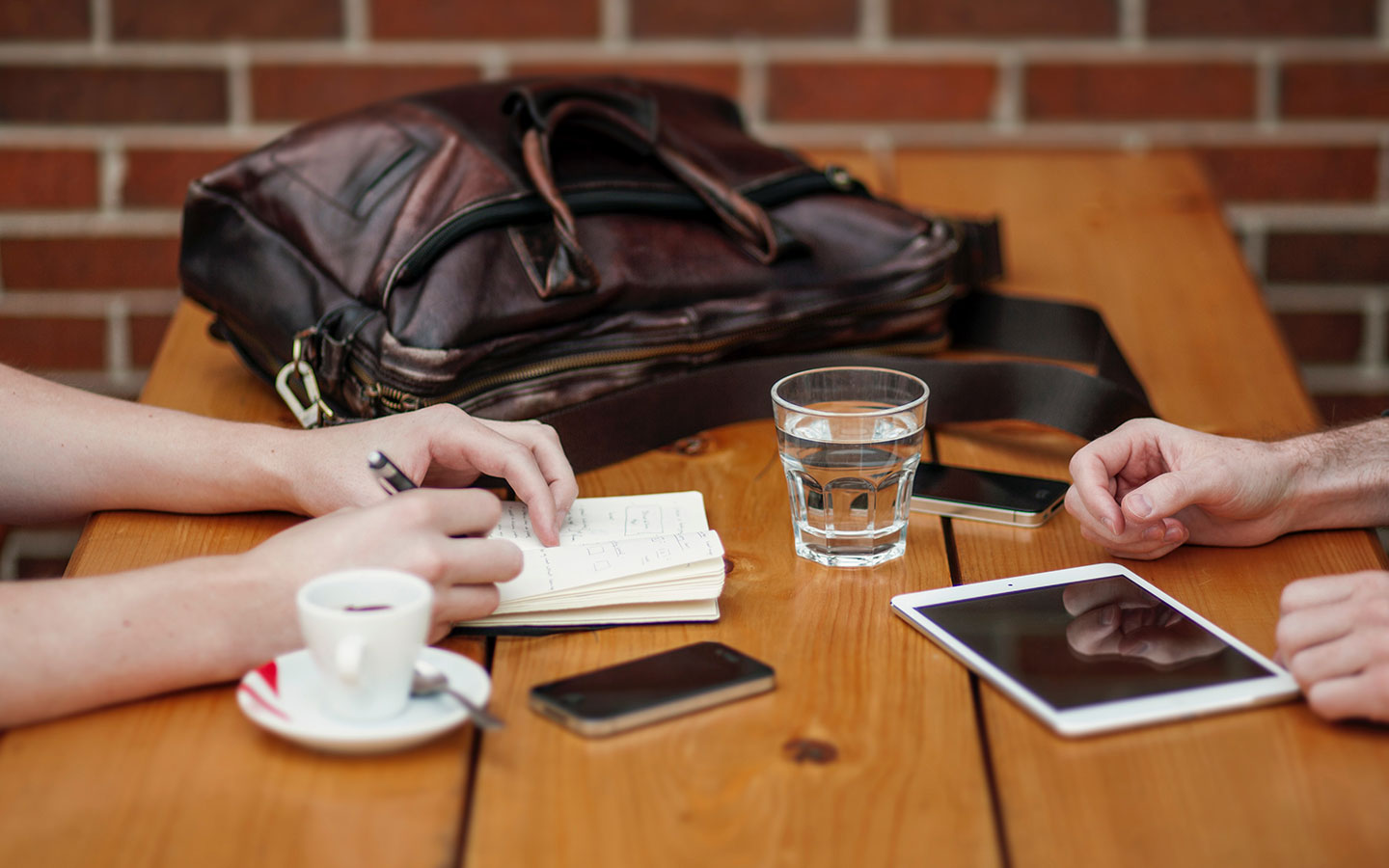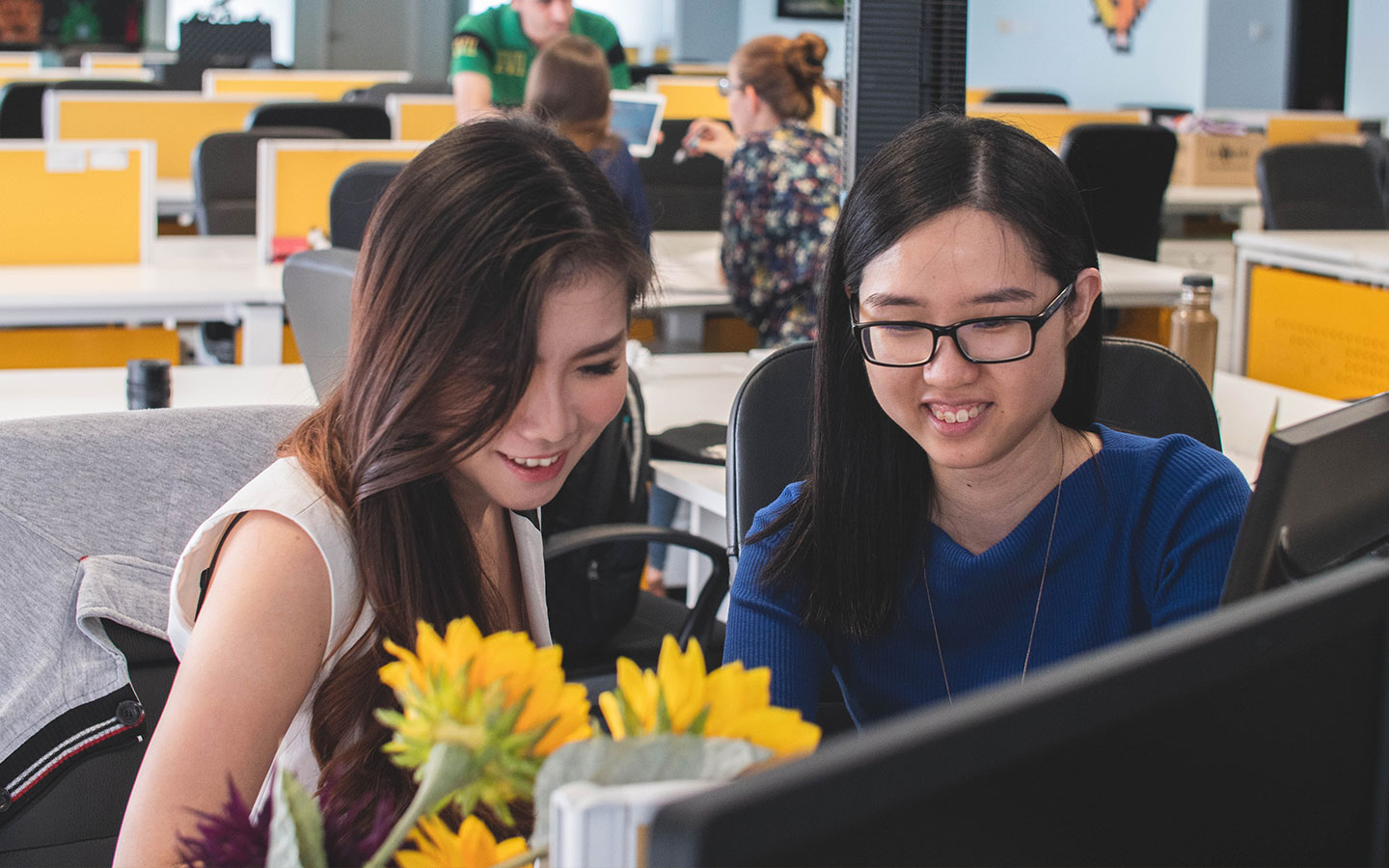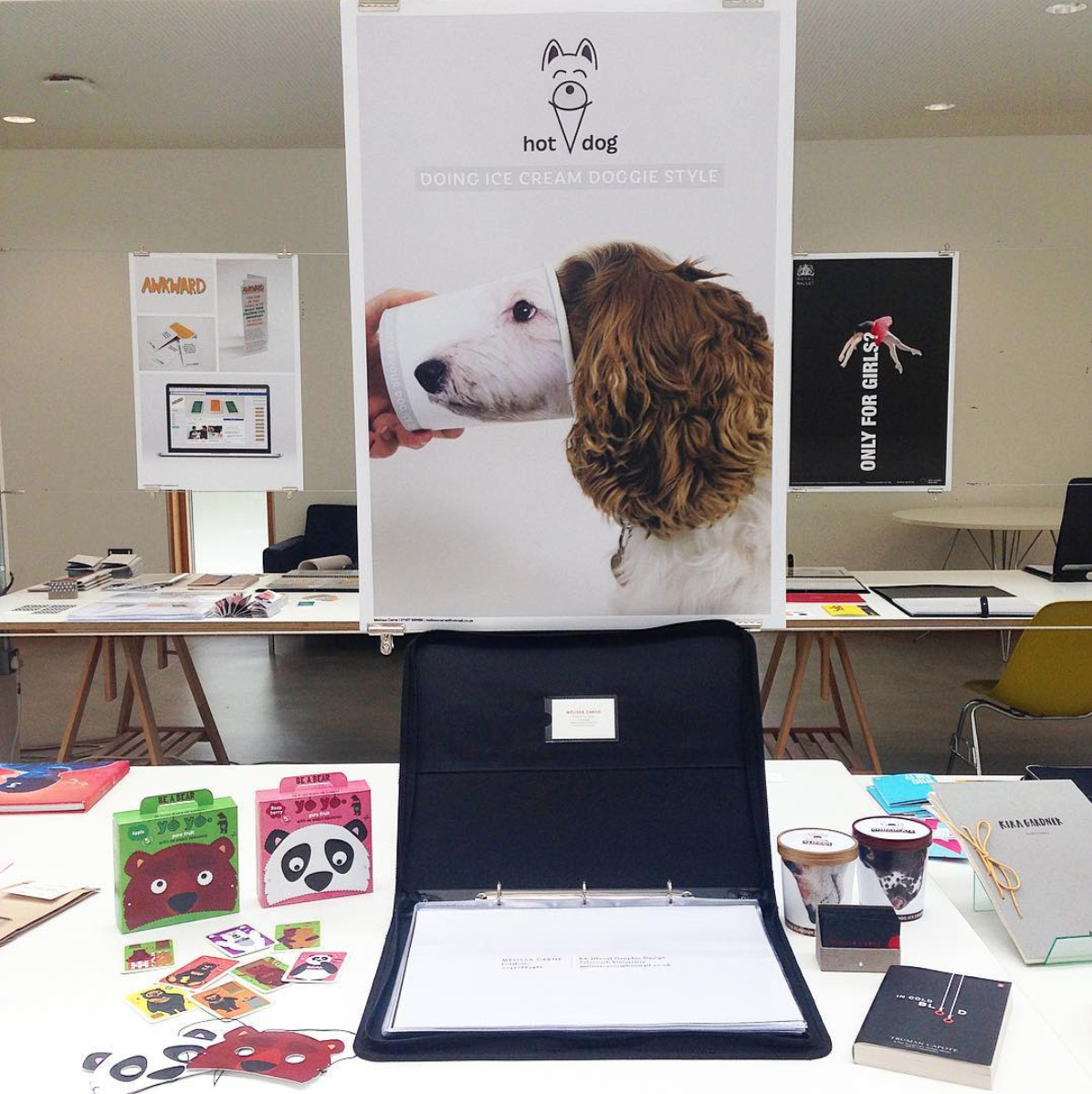
Graphic design interview tips and advice
Carrying on from the post, ‘How to get graphic design internships’ is my post all about graphic design interview advice. So if you haven’t read that post I would recommend doing so first.
P.S I have done a fair few of graphic design interviews since graduating whether, that is an interview for an internship or a job. However, like with any post here is a disclaimer: I am not the graphic design messiah and you are free to disagree with me and that’s okay, take from it what you like.
1. Rehearse
Before you even go to a graphic design interview make sure you know your portfolio inside out. To do this read it over and over and over in your head and aloud. The best way I find is to practice with a peer who has an understanding of graphic design (as your future employers will probably have also.)
BUT with also someone who has no idea. For instance maybe your mum or dad or a flat mate who doesn’t do design. If they can understand what your portfolio is about then bingo you’ve already done the hardest job. It may also be good not to only practice in front of 1 person but, a few. I have had many interviews which have consisted of 2 people or more. Just build up your confidence and presenting skills.
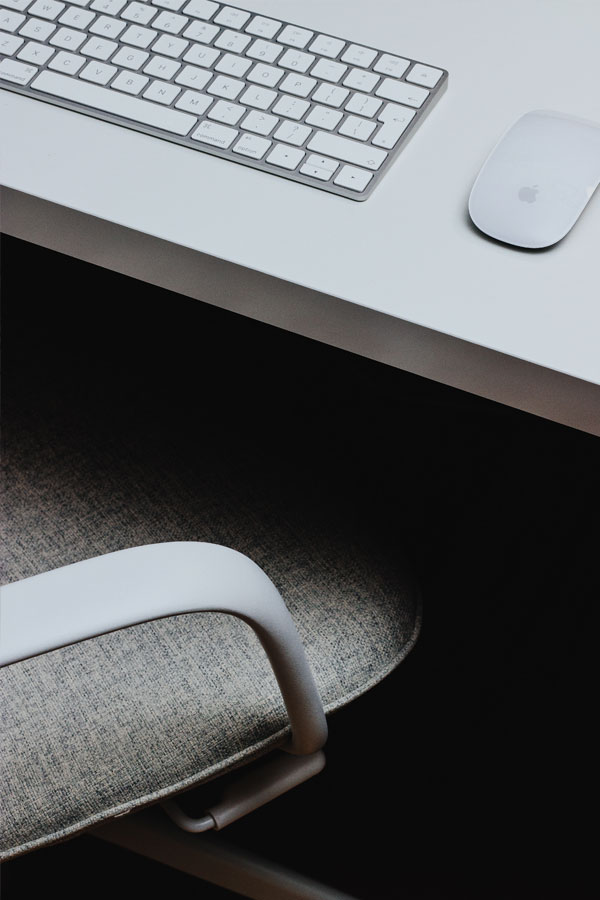
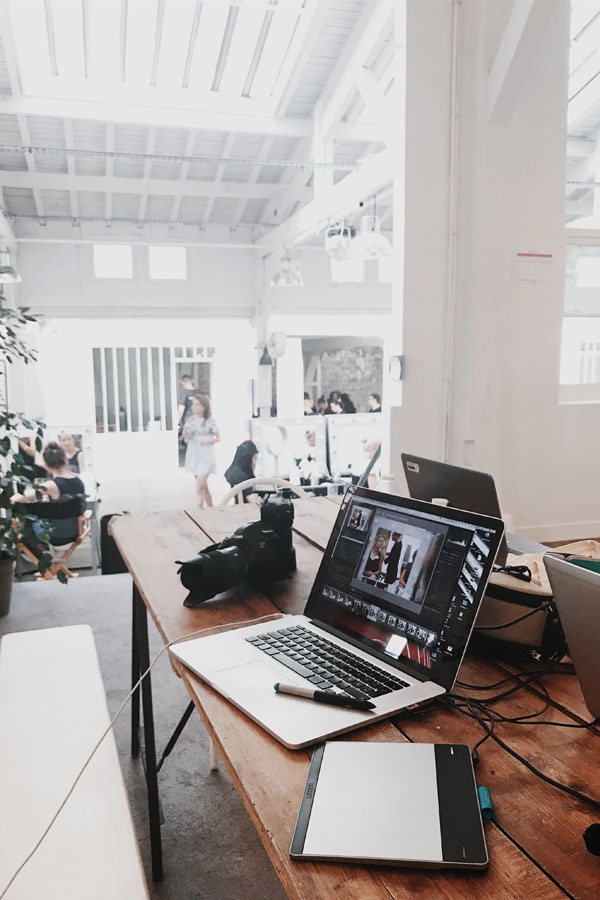
2. DOUBLE CHECK
Double check for spelling mistakes. I mean you should have done this before you even sent out your portfolio but, it doesn’t cause any harm to check again.
It’s also really important to make sure it makes sense. I know when deadlines are tight (and I am guilty of this) reading back through what I wrote for each project especially aloud I found that a.) It’s either really bad English or b.) It really doesn’t make a whole lot of sense.
Sometimes you get so attached to your own work that you forget that to someone else who hasn’t seen it before that you’ve missed some really important points. These could be; the aim of the brief or even the brief itself. The problem you solved or who you created the work for.
It’s also good not to read directly from the portfolio but, use it more as a guide and prompt. Expand on what you’ve already written as the person interviewing you has probably read it before asking you in for an interview. It’s also good practice to be able to speak to people with eye contact rather than looking and reading off something else.
3. Quality
After you’ve double checked everything and it’s ready to be printed make sure you print it off in excellent quality. Make sure no images are pixilated or are too small. The best portfolio size tends to A3, as it
means you can see everything clearly but aren’t lugging around a massive portfolio where it blows you over with a gust of wind (trust me I have seen this before).
In terms of how the portfolio is presented, a nice portfolio case is always good. This doesn’t mean though you have to spend tonnes of money on a real leather fancy case. But, something that does the job, looks presentable and is functional! When shopping for a portfolio it’s better to see it in person so you can feel how it opens and you aren’t going to struggle flicking through the pages. Personally my portfolio I bought while in college was about £20 and it’s lasted me well. I also like my style of portfolio as it has a ring binder in it. This means I can buy as many or as little sleeves as I want. Some portfolios don’t have this option which means you are limited by the number of pages in which it contains.
However, a physical portfolio isn’t for everyone and instead you can use your mac. This can be beneficial as it’s easier to transport, tends to show up images in better quality and you also have the ability to zoom and show moving image. But, if you’re like me and don’t want the risk of your mac being stolen while carrying it around for instance London. Then a physical portfolio is great, who wants to steal your work? Most probably no one.
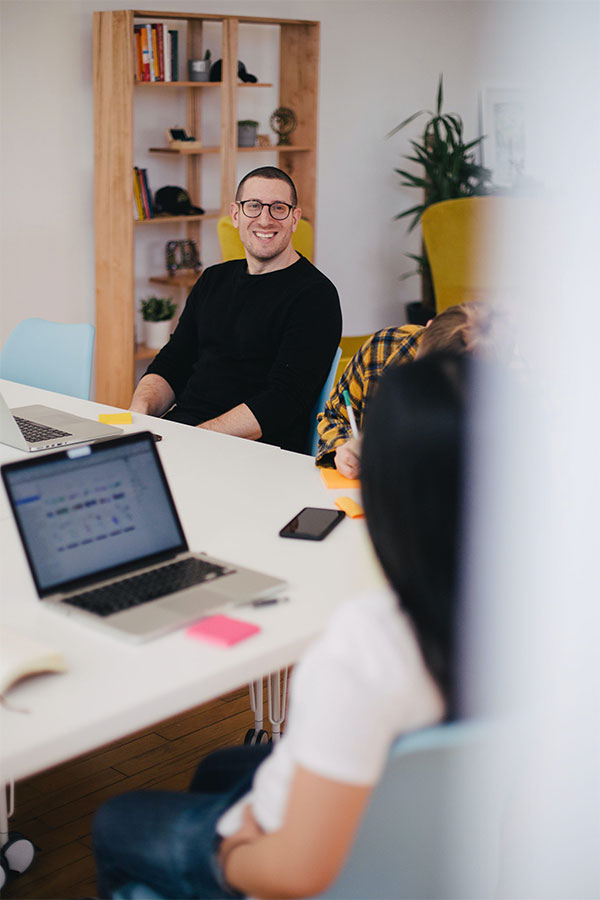
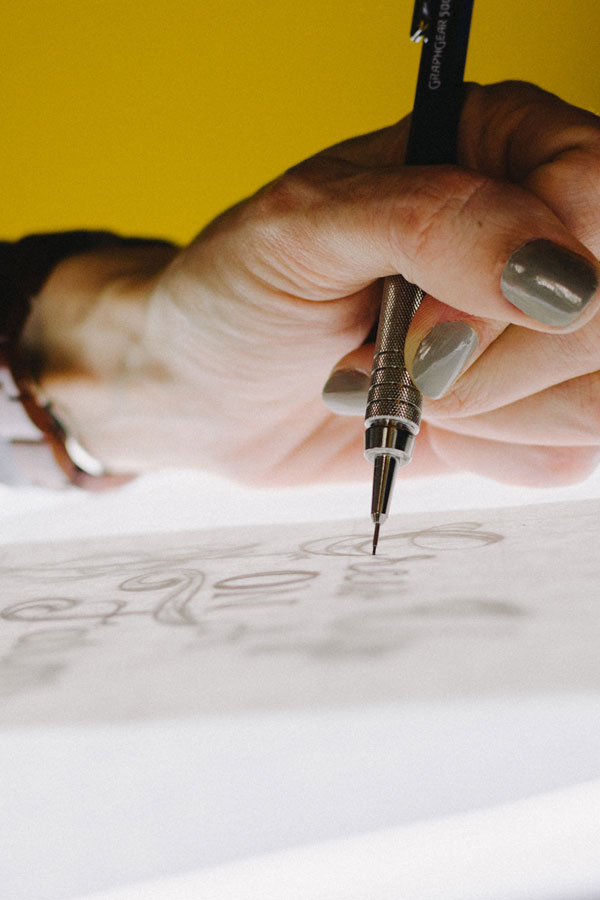
4. Process work
Now this one is a weird one but, some studios may want to see process work during your interview. Personally this has never happened to me or anyone I know of but it’s better to be prepared.
At uni we had to create short presentations that summed up our work for each project for assessment. This was great as I put these onto a memory stick which I brought along with my portfolio to an interview just in case that question ever came up, which it hasn’t.
It may also be nice, if it’s easy enough to carry around with you, is some physical work. So if you’re into packaging bring some packaging work you have done. Or a publication which show cases your typography and layout skills, anything that you are proud of. It’s really nice for studios to see it in person and for it be tactile. You may be able to show off some embossing or your book binding work which you can’t get from a photograph.
5. CV and business cards
Again, personally no one has ever asked to see my CV during an interview as you most probably sent one when you sent out with your portfolio to them. However, they may ask you to talk about your experience. So, make sure you know the dates for each place you interned/worked at and can give a quick summary of what you did.
I always bring along a CV with me just in case they want to take one away with them after the interview. The same goes for business cards but again, this has never happened.
6. Prepare for any questions and to ask questions
The questions I find that come up during graphic design interviews are not your typical job interview questions like ‘are you a team player or what is your spirit animal bullsh*t’ haha. But, they tend to be about your work. This is great as you should know your work inside out. You may get asked what programmes you use, your process, your inspiration and style.
Although, most people know to prepare for questions while be interviewed not many prepare to ask questions and this is really important!!! At the end of an interview when the say ‘have you got any questions’ don’t just sit there and say ‘no’ engage with them and find out more. This your time to express your interest in the studio and show your enthusiasm. I like to mentally prepare a few questions beforehand while maybe browsing their website. You could ask about a particularly project you liked that they did. What their process as a studio is like. How many people are in the studio and how many of them are designers. You could ask to have a look around, basically anything that has sparked an interest in you.
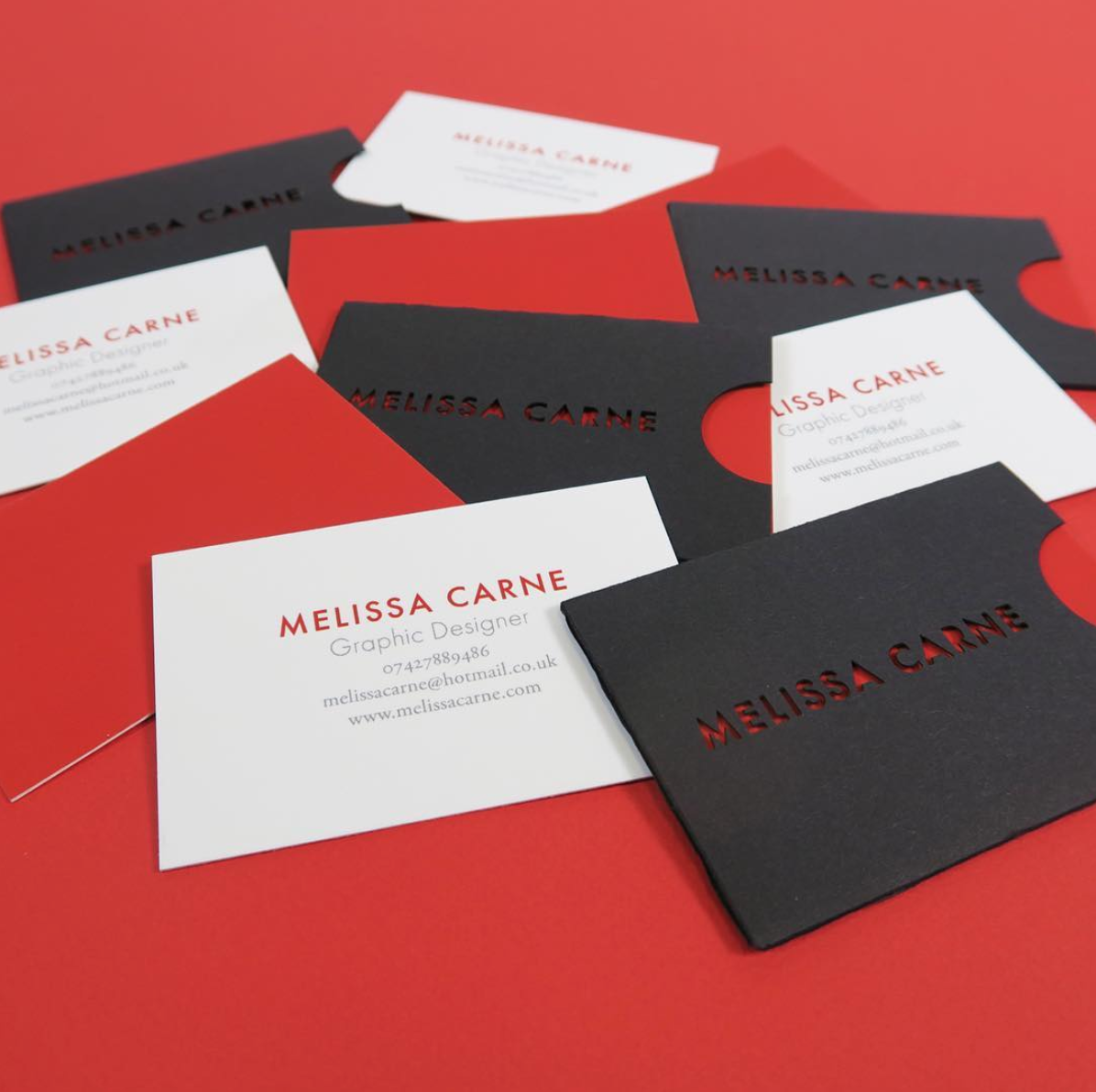
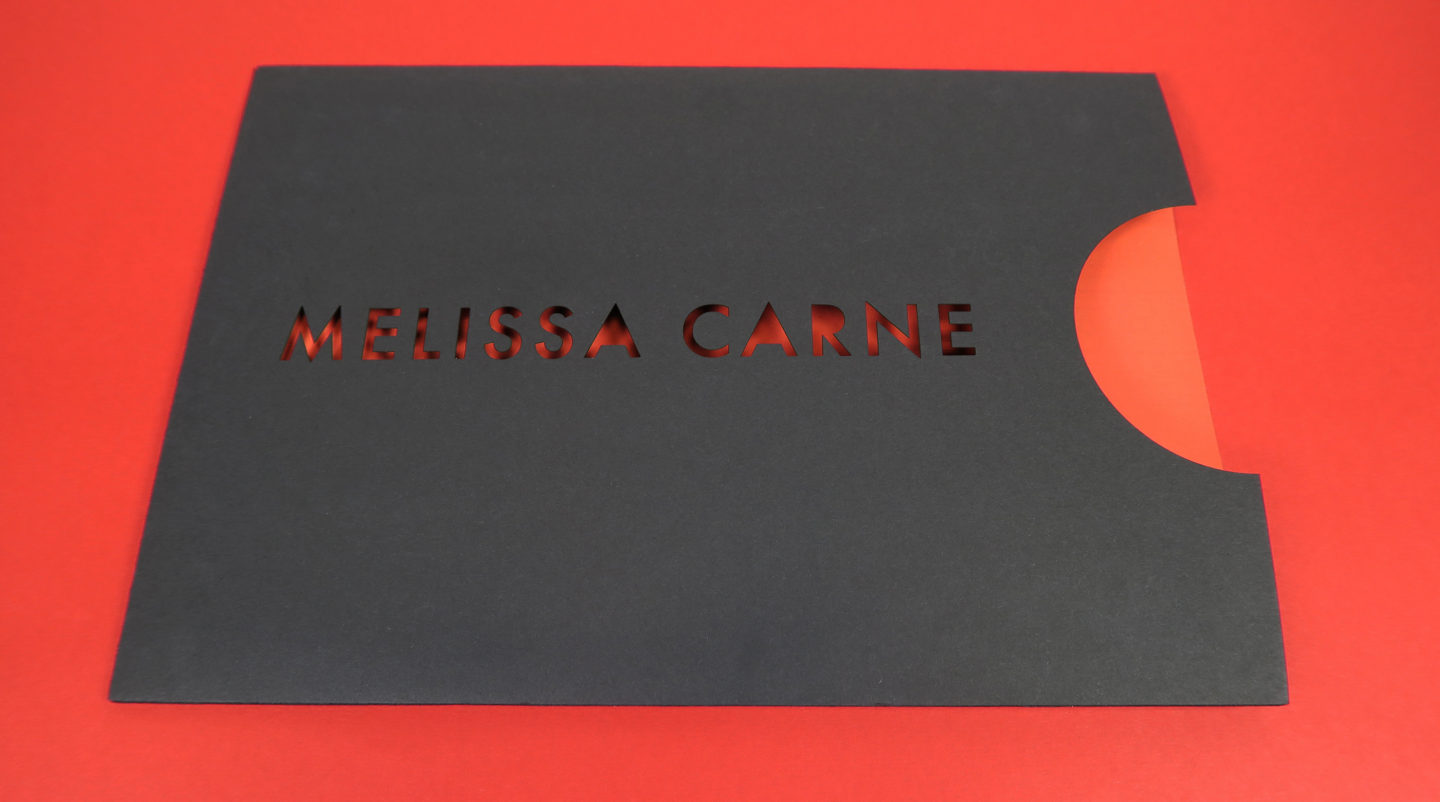

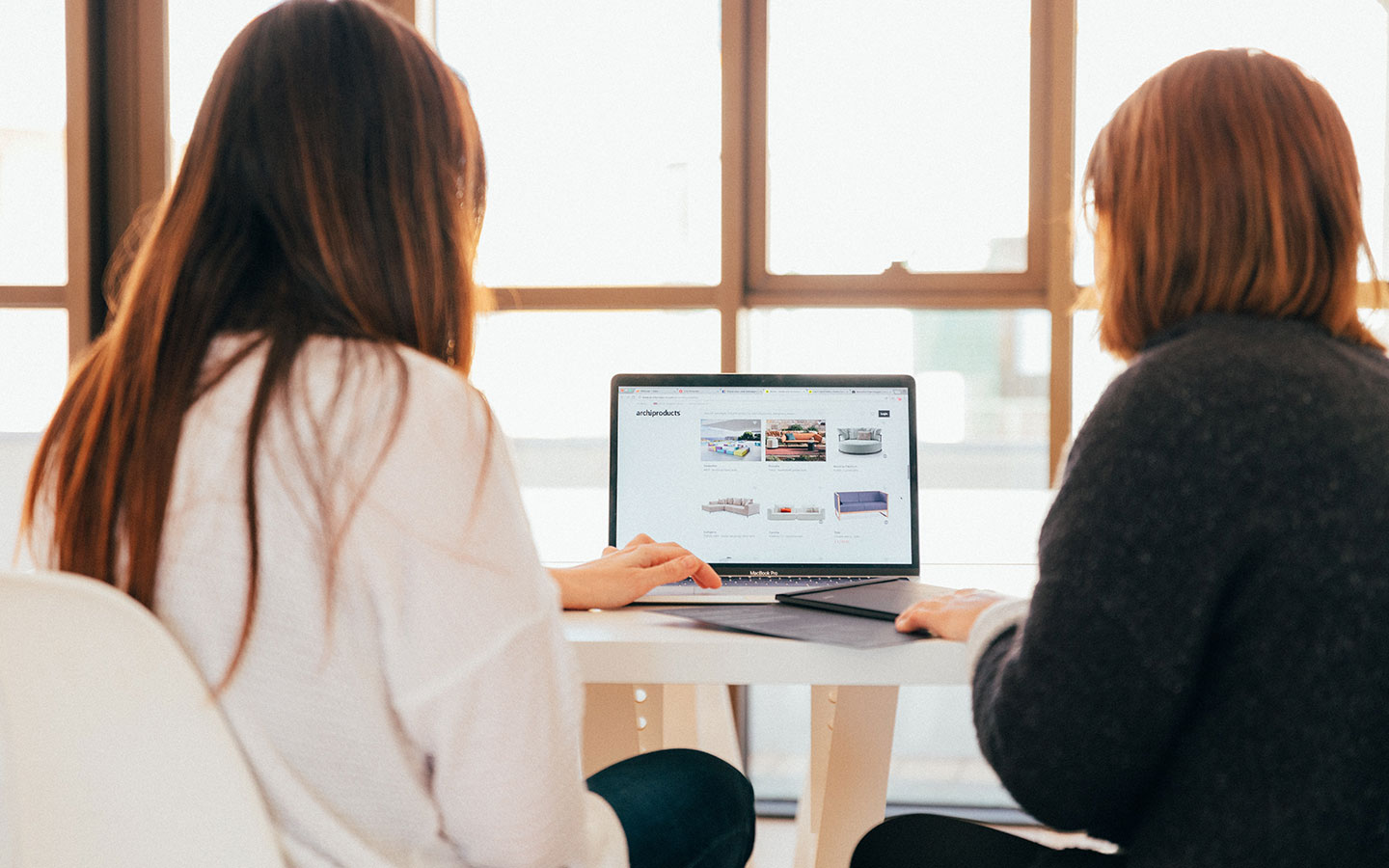
8. What to wear
Well I’m really into my clothes and admittedly not everyone is but, first impressions do count. Design studios have a reputation of being quite casual. However, for at least your interview I would wear something a bit smarter than what you usually would do. Whether that’s chucking on a blazer or wearing a shirt. I wouldn’t go full on suit but, ya know something smart/casual (I hate that term).
It’s also nice to show a bit of your personality in your clothing whether, that is a pop of colour or a statement item. Designers by nature are visual people so something that makes you memorable is always a good thing.
7. Move everything out of knocking distance!
This may seem like a weird one but Craig Oldham also mentioned this in his book, ‘Oh Sh*t. What Now?: Honest Advice for New Graphic Designers.’* If they offer you a glass of water and you take it make sure it’s away from your portfolio! I made this awful mistake on one of my first interviews. I caught the edge of my elbow on the glass while flicking through my portfolio. which consequently made it come tumbling down all over my work. Luckily my portfolio was in laminated sheets
so it didn’t get soaking wet but, it was a very embarrassing experience.
I find, like most people, when in an interview situation you’re slightly nervous and your adrenaline is pumping. So for me I become kind of clumsy, well I already am, but even more so. I am also more prone to not knowing my own strength due to the adrenaline and be too hard handed with doors and chairs. Another really embarrassing experience which I won’t go into…
9. Be yourself!
I know this sounds so cliche but it’s true. If you’re not yourself and putting on a performance for a studio that is nothing like you, it’s not fair on you or the studio. The studio will be looking to hire the fake persona you performed and you will feel like you have to keep it up. This doesn’t mean you can’t be a bit more smiley, friendly and confident than usual. But, just make sure you’re not being completely fake. And remember if a studio doesn’t like you for you then f*ck ‘em you will find one that does.
Other posts
Good luck,
Lots of love, Melissa x
*affiliate link

